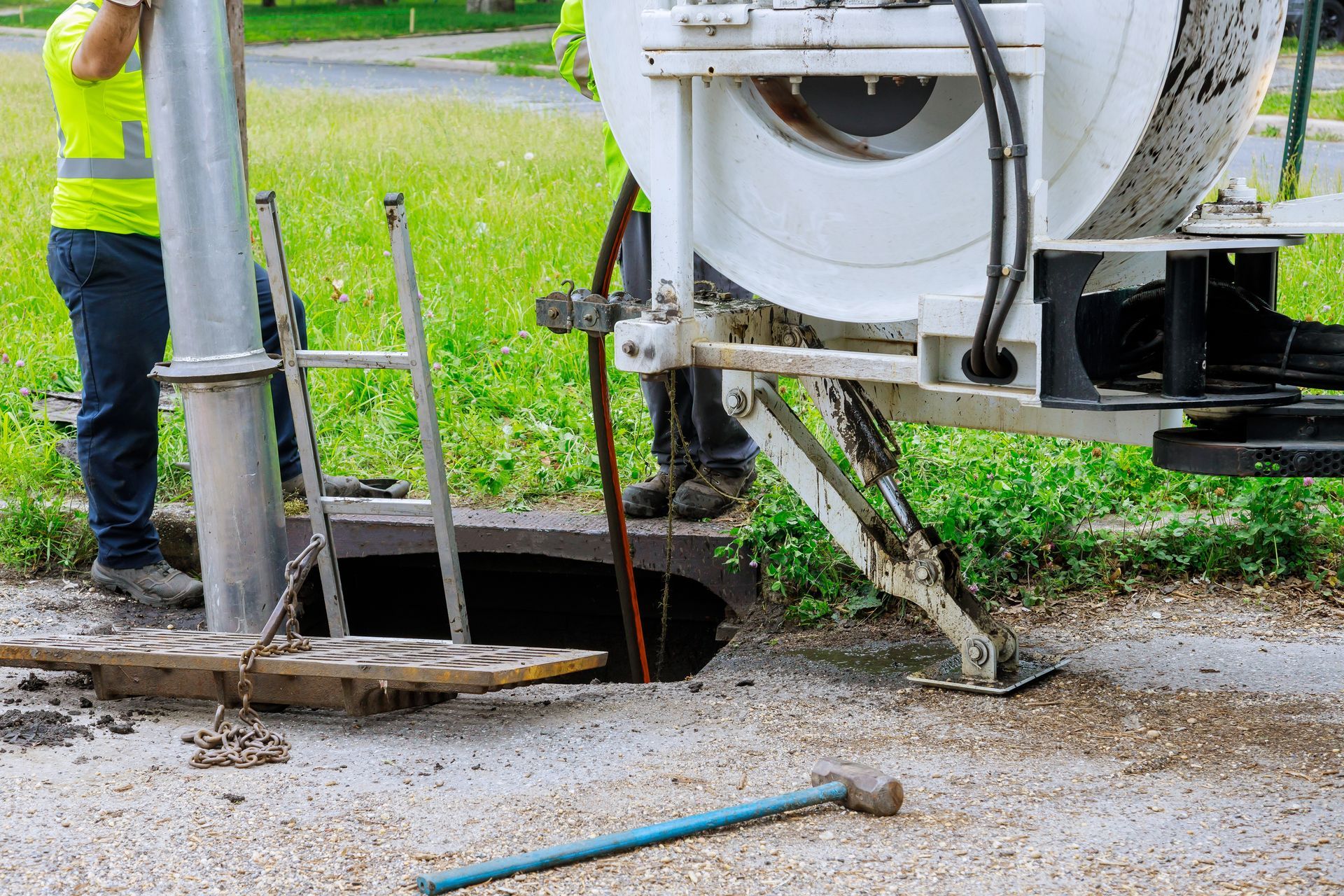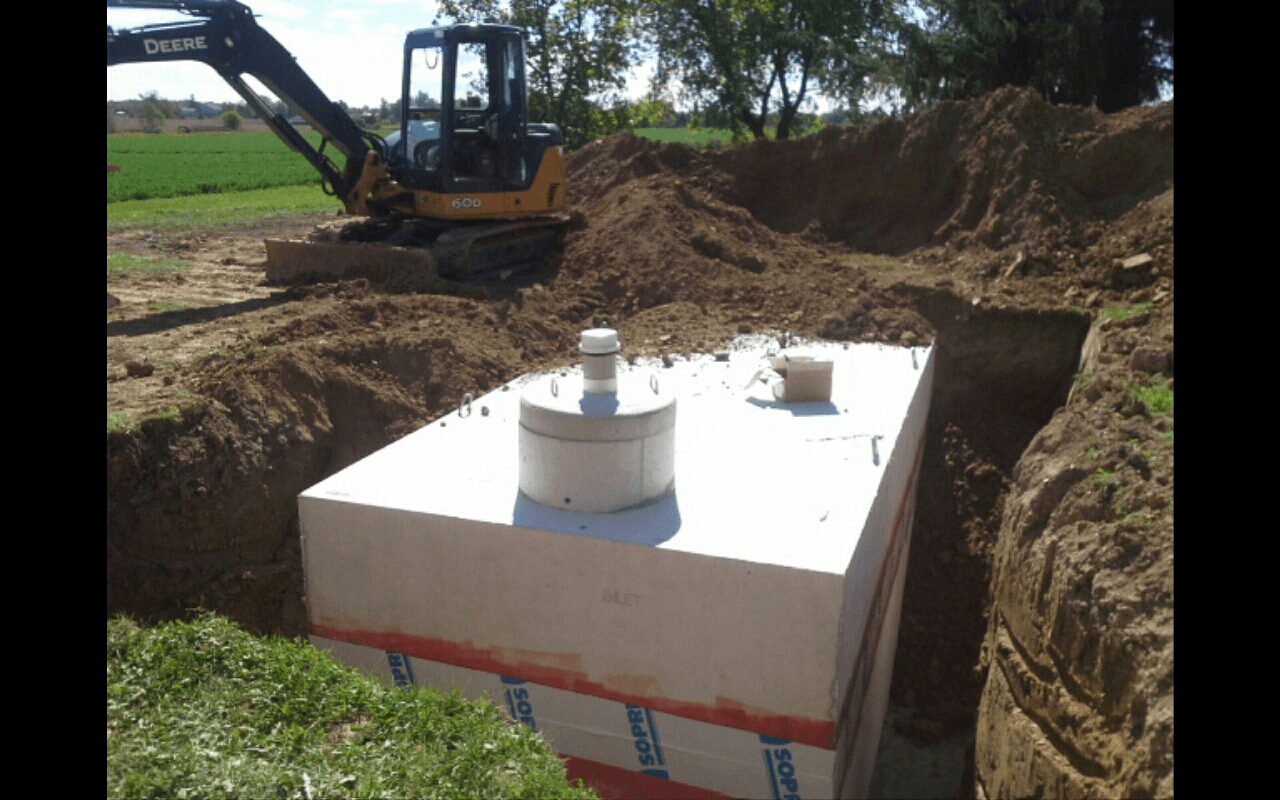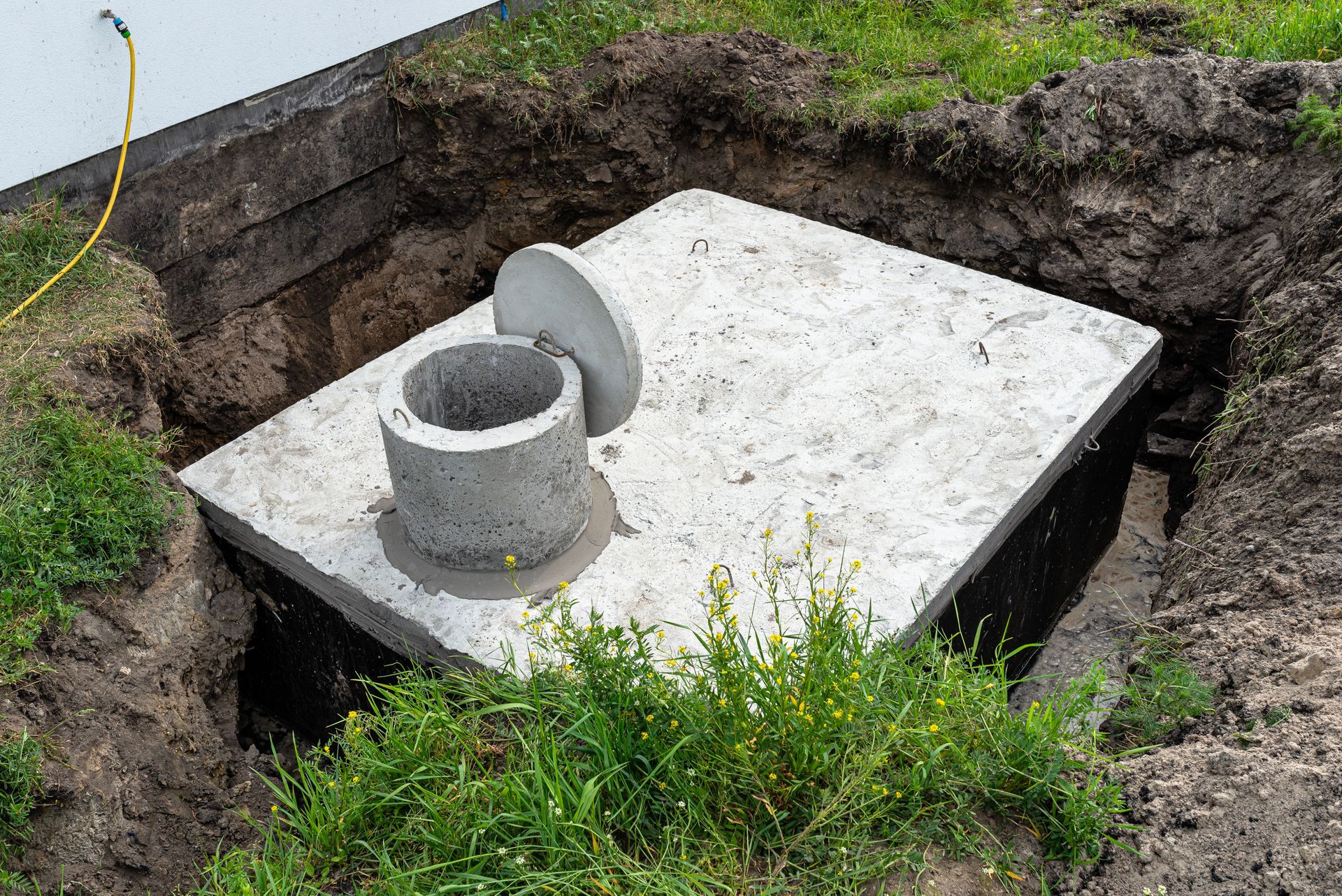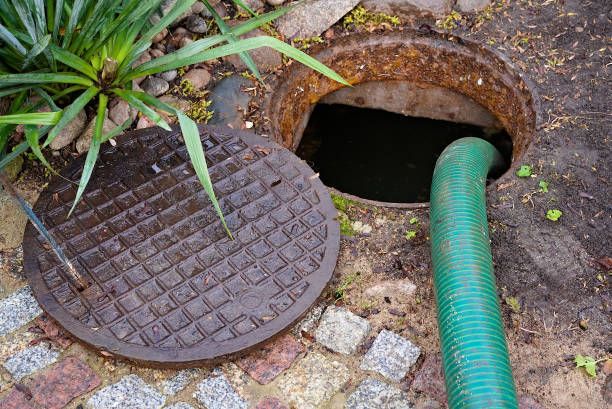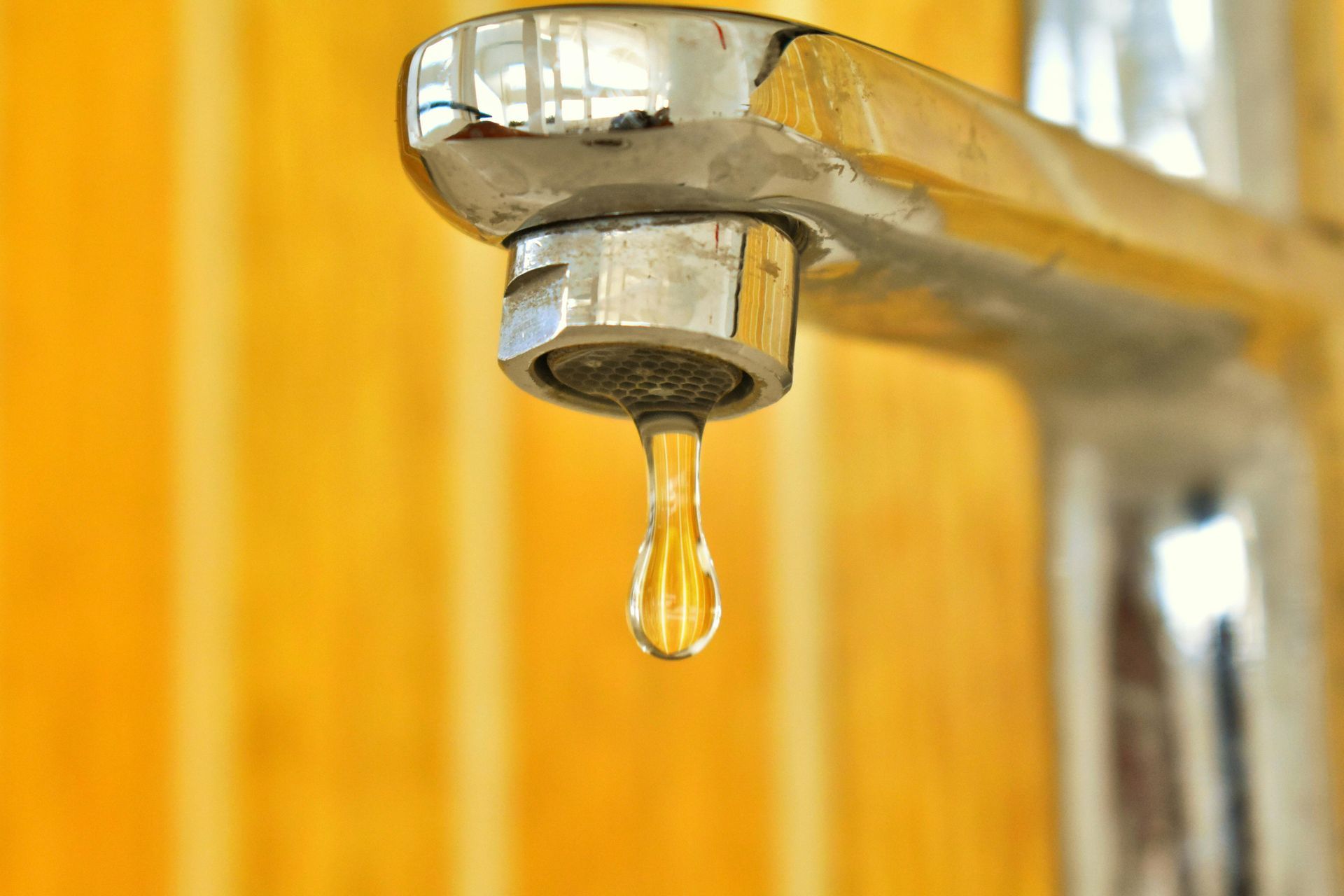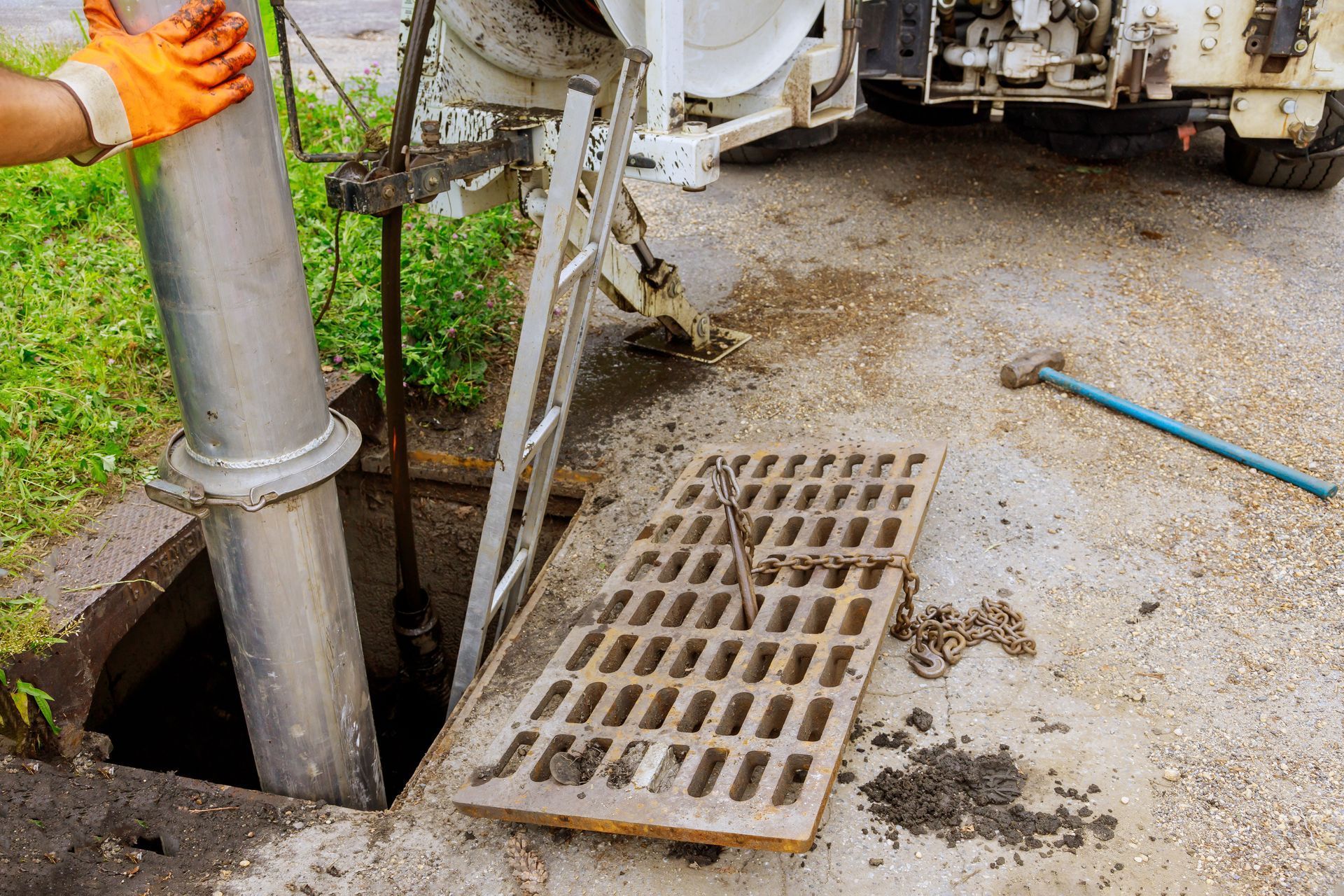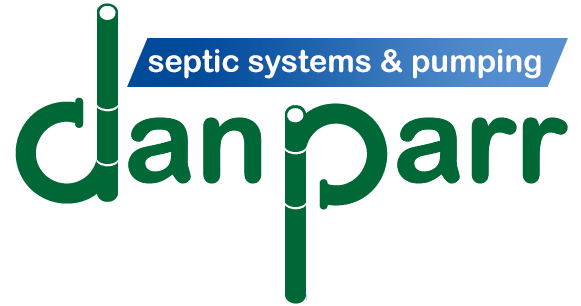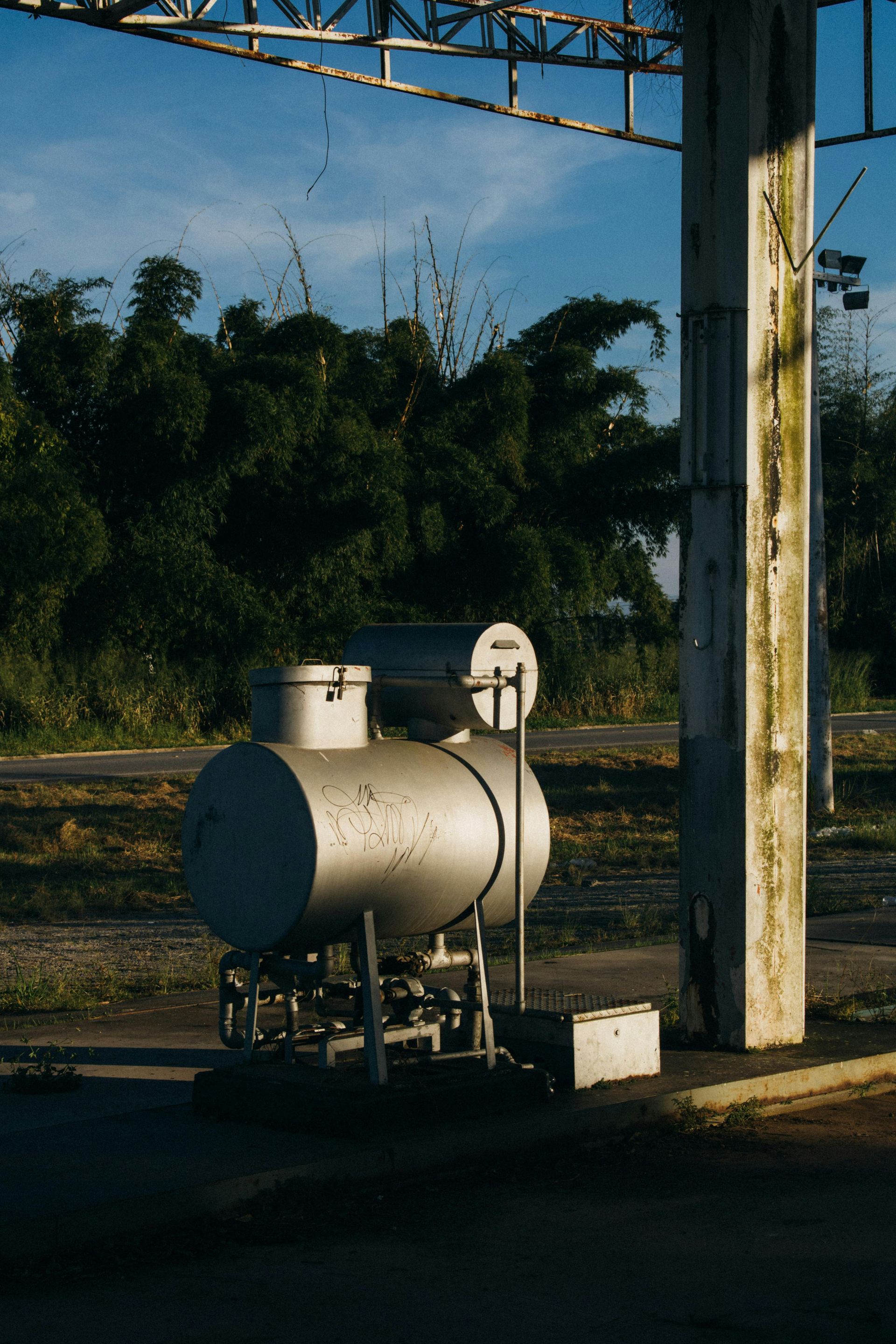What Exactly Is a Cistern?
If you're a homeowner, plumber, or DIY enthusiast, you may have come across the term "cistern" when discussing water management systems. But what exactly is a cistern, and why should you, especially if you live in areas like Southern Ontario with septic systems, know about it? Let's dig in.
Understanding a Cistern
At its core, a cistern is a storage tank designed to collect and hold water. Cisterns can vary in size and material—they may be made of concrete, plastic, fiberglass, or metal depending on their application. While similar to septic tanks in their structural design, cisterns are typically used only for water collection and storage, not wastewater processing.
They’re often used in areas without centralized water systems or where water conservation is a priority. Rainwater harvesting is one of the most common reasons homeowners install a cistern, as it offers an eco-friendly way to store water for non-drinking purposes, such as:
- Irrigation
- Flushing toilets
- Doing laundry
However, with proper filtration and treatment, cistern water can be used for drinking too.
Cisterns and Septic Systems—Do You Need Both?
Southern Ontario is home to many suburban and rural households that rely on septic systems for wastewater management. Septic systems treat and dispose of household waste, while a cistern focuses on water storage. These systems complement each other but serve entirely different purposes.
If your home has a septic system, adding a cistern could be a great idea if you're looking for:
- Sustainable water use
- Lower municipal water bills
- Backup water storage during shortages
Cisterns aren't just for off-grid homes—they can enhance the practicality and efficiency of any modern household.
Things Every Septic System Owner Should Be Aware Of
For homeowners with septic systems, knowing a little about cisterns can be helpful. Here’s why:
- Maintenance Matters: Both cisterns and septic tanks need maintenance. For cisterns, that includes keeping the water clean and ensuring no contaminants enter the tank. For septic systems, regular pumping and inspections are critical to avoid costly repairs.
- Placement Is Key: Cisterns should never be placed too close to your septic system to avoid cross-contamination. Always adhere to local guidelines for installation.
- Know Your Water Needs: Having a cistern can supplement your septic system by reducing the load on your well or municipal water system. Calculate your household's water usage to determine the cistern size that's right for you.
Expert Help in Southern Ontario with Dan Parr Septic Systems
If you're considering adding a cistern or need guidance maintaining your septic system, having a local expert who understands the unique needs of Southern Ontario homeowners is essential. That’s where Dan Parr Septic Systems and Pumping comes in.
Dan Parr’s team specializes in septic system maintenance, pumping, and installation. They can also consult you on cistern installations and water storage solutions that align with your home’s unique setup. With years of experience in the Southern Ontario region, they are the go-to
professionals for keeping your home safe, efficient, and compliant with local regulations.
Why Cisterns Are Worth Considering
For homeowners, plumbers, and DIY enthusiasts, cisterns offer an environmentally conscious way to improve water management while easing the pressure on septic systems. Whether you're harvesting rainwater for irrigation or simply want a reliable backup for droughts, a cistern is a smart investment that boosts efficiency and sustainability.
Need help managing your septic system or want professional advice for cistern installation?
Reach out to Dan Parr Septic Systems for expert service across Southern Ontario at 905-719-9507!

